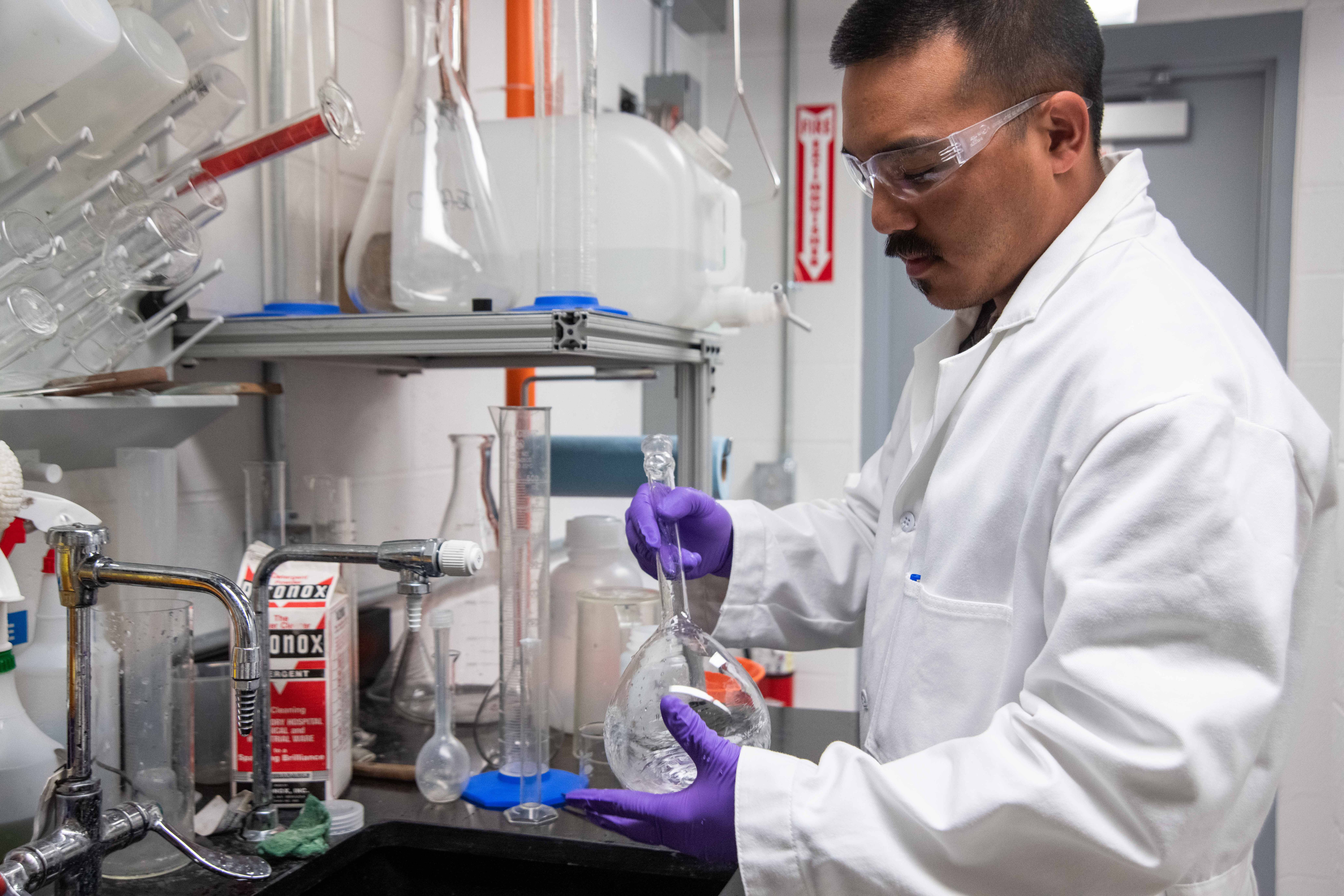Article
Genetic Variability Present in Hepatitis C Virus
Author(s):
The study authors wrote that understanding this phenomena can lead to determining the best therapeutic strategy with DAAs for certain patients.

A molecular analysis of patients with chronic hepatitis C virus showed substitutions of amino acids in the NS3 gene, which suggests that there is a high genetic variability of hepatitis C virus, according to a paper published in Virus Research. The NS3 gene is one that is essential for hepatitis C virus replication.
Investigators from Brazil explained that there are at least 8 genotypes of the hepatitis C virus and 86 subtypes, though hepatitis C genotype 1 is the most prevalent worldwide at 46%. In Brazil specifically, genotypes 1a, 1b, and 3 are considered the most prevalent.
They continued to add that viral resistance to direct-acting antiviral agents (DAAs) is part of a natural adaptive process to hepatitis C resulting from mutations and amino acid substitutions. The amino acids that foster resistance are called resistance-associated substitutions (RASs).
That being said, the investigators from Brazil wanted to identify and establish the natural prevalence of RASs in the NS3 gene in hepatitis C patients. Previous studies have been concentrated in the southern region of the country, but their prospective, observational study focused on Pará, a northern state.
The 35 patients involved in the study were between 20-60 years of age and had hepatitis C genotype 1a and 1b. The patients were also naïve to treatment with NS3 protease inhibitors. They added that 42% of the patients were female and 57 were male, with the median age being about 60 years, though it varied between 39-77 years.
A third of the patients in the cohort had mild to moderate fibrosis, while 54% had advanced fibrosis. Additionally, 4 of the 35 patients had cirrhosis. Half of the patients had been treatment-naïve to chronic hepatitis C while 40% had previous treatment failure with pegylated interferon plus ribavirin.
It was only possible to amplify the NS3 region using PCR testing in 32 patients. After analyzing serum samples and DNA sequences, the study authors determined that 15 positions presenting clinically important RASs were analyzed. They ultimately observed 4 amino acid substitution positions: Y56, S122, V132, and V170. However, these substitutions were only noted in those patients with subtype 1b, they said.
The general natural prevalence of RASs was 12 of 32 samples, or 37.5 percent, though the presence of amino acid substitutions – both with and without association with resistance to NS3 protease inhibitors – was observed in nearly two-thirds of the analyzed sequences (20 of 32 samples, or 62.5%).
The researchers suggested that other research has shown that in addition to 12-week therapy with DAAs, treatment-naïve patients with genotype 1b without cirrhosis can be treated with ombitasvir, paritaprevir and ritonavir plus dasabuvir for 8 weeks. They also suggested the possibility of reducing the treatment duration by using grazoprevir-elbasvir for 8 weeks in naïve patients with genotype 1b and non-severe fibrosis.
“The molecular analysis carried out in patients with chronic hepatitis C who were not treated with protease inhibitors revealed substitutions of amino acids in the NS3 gene, showing a correlation of that the natural presence of RASs with the present study corresponds to a reflection of the high genetic variability of hepatitis C virus,” the authors concluded, adding that all the mutations they identified in the Pará patients had been identified in other Brazilian studies.
“The analysis of RASs naturally produced during the hepatitis C virus life cycle also gains importance in the context of current treatment of chronic hepatitis C, as it could assist in determining the best therapeutic strategy with DAAs adopted by certain patients.”





